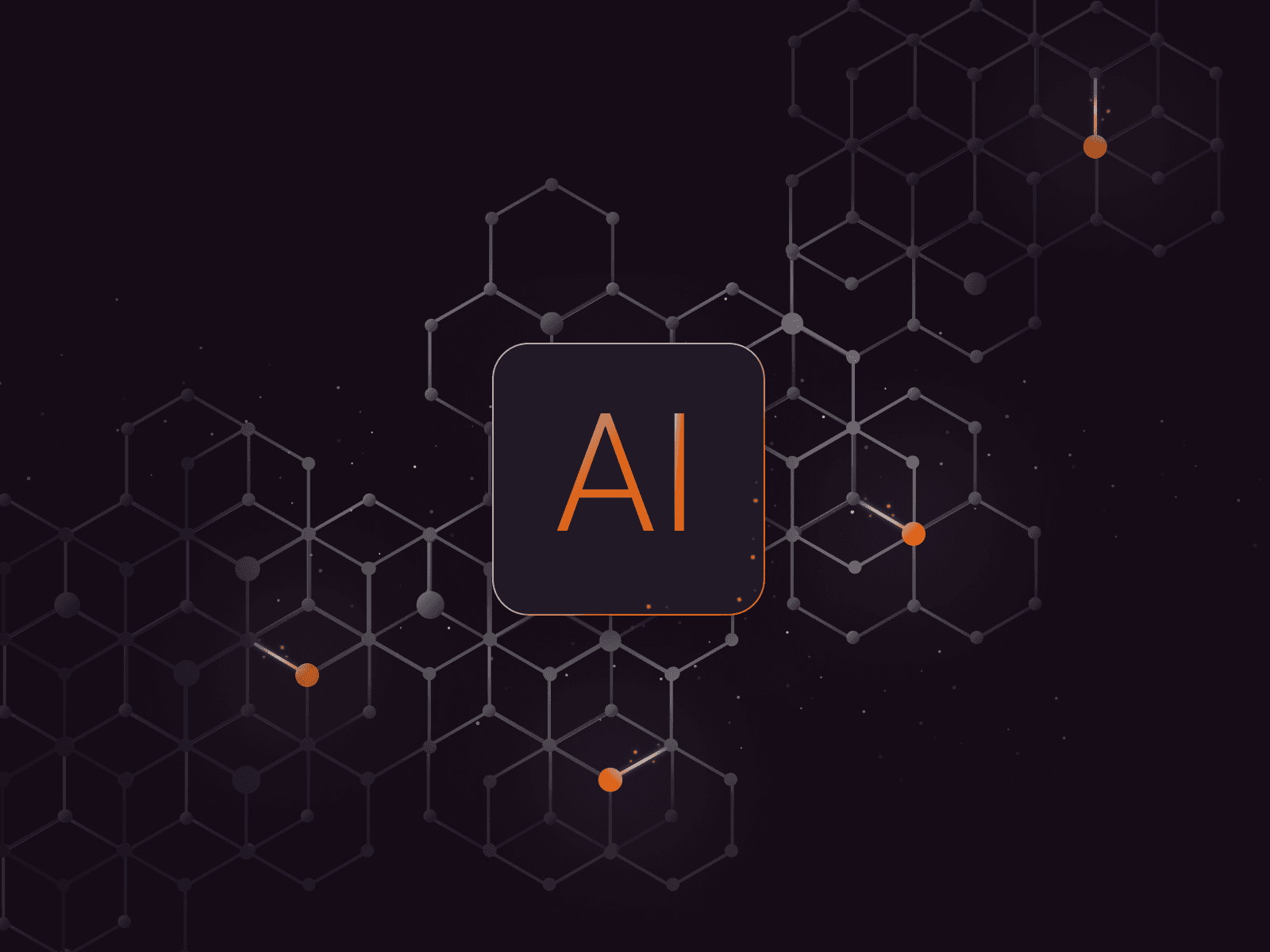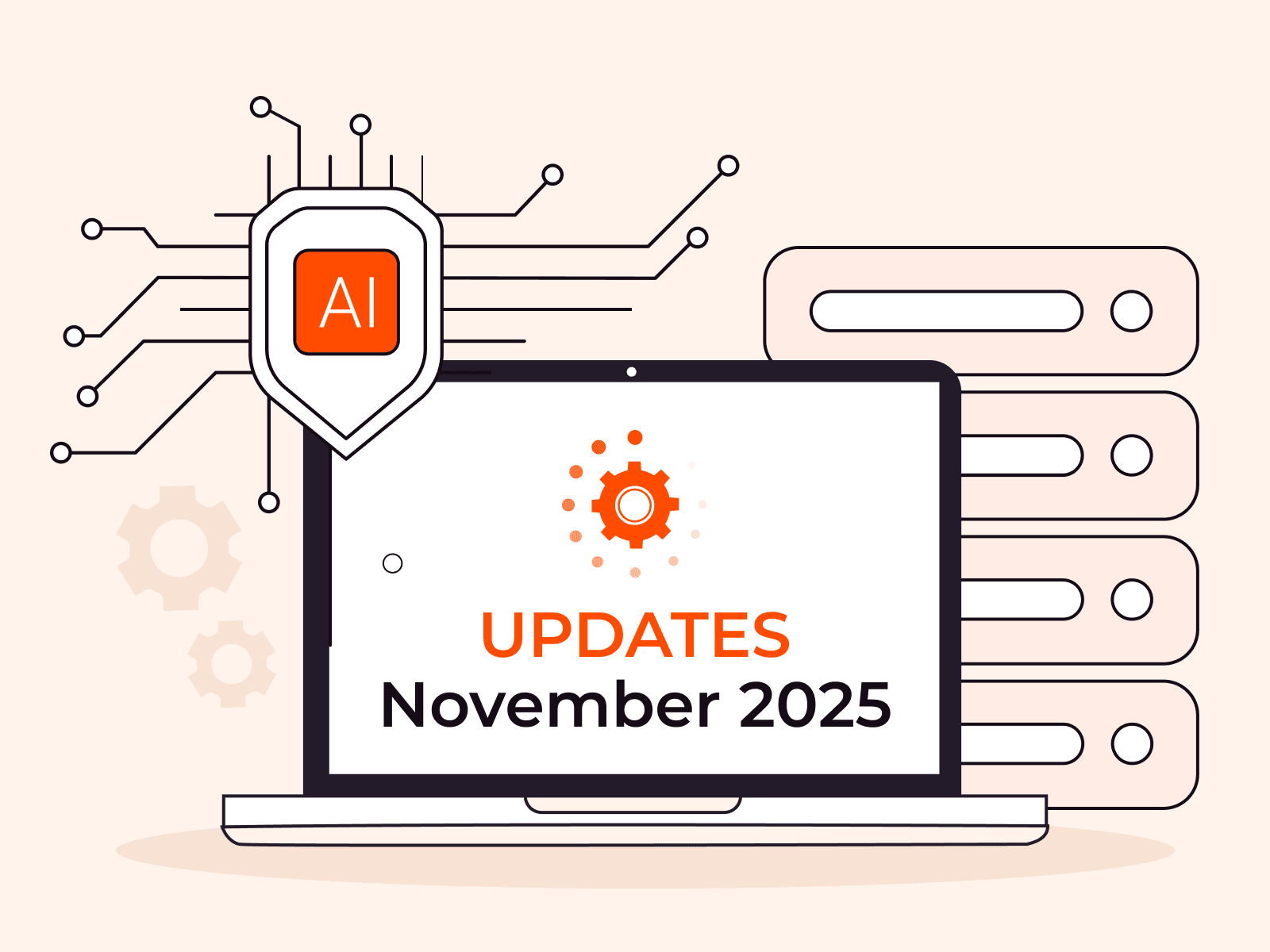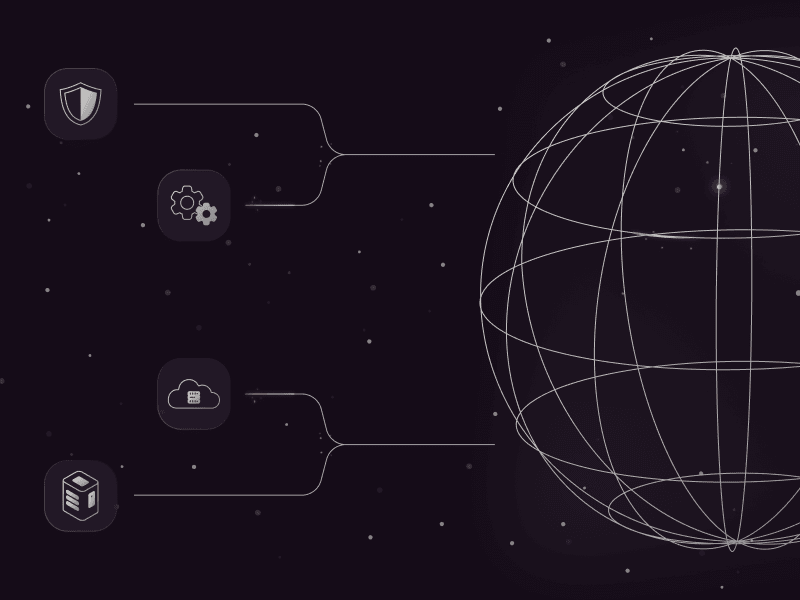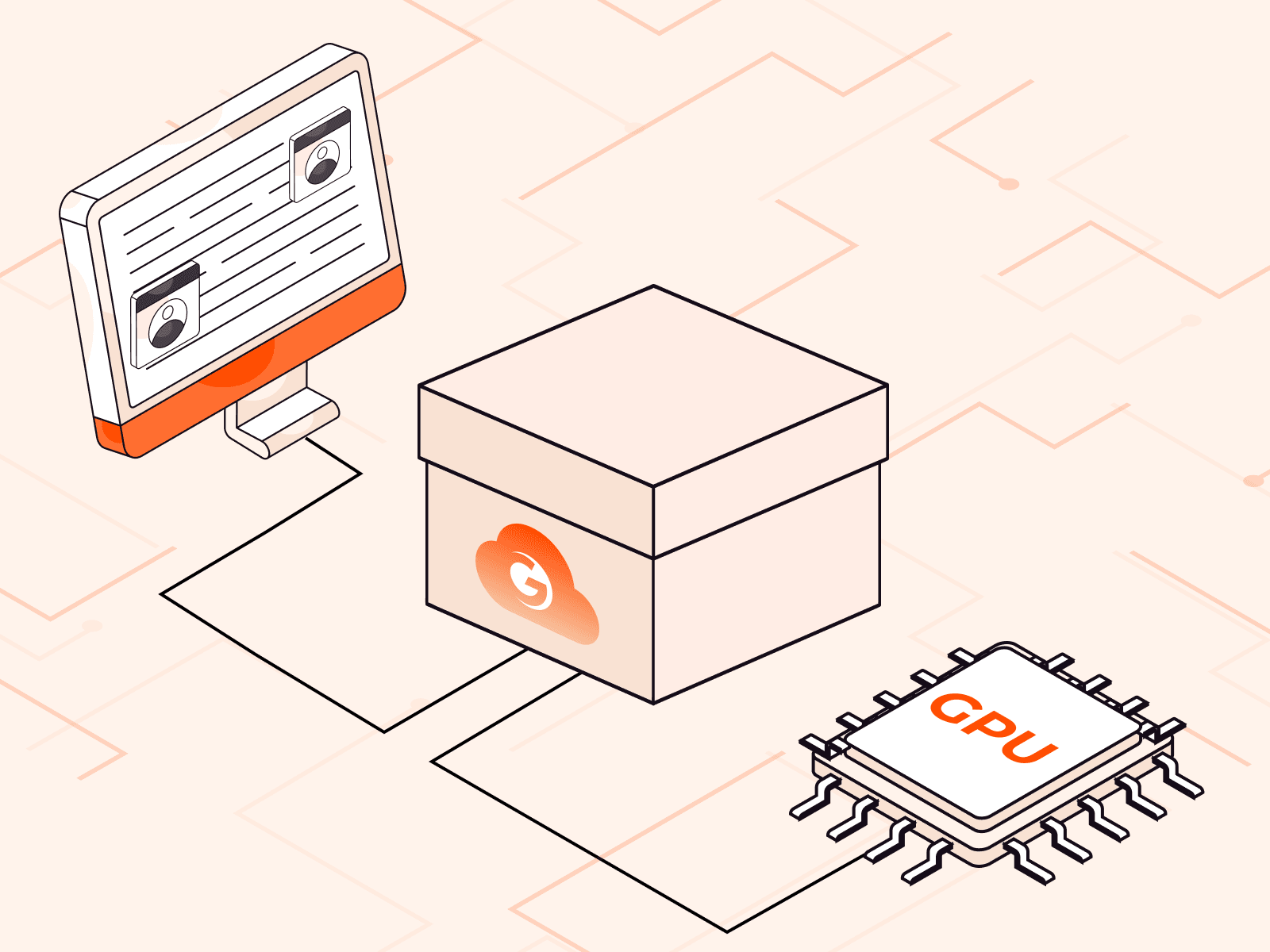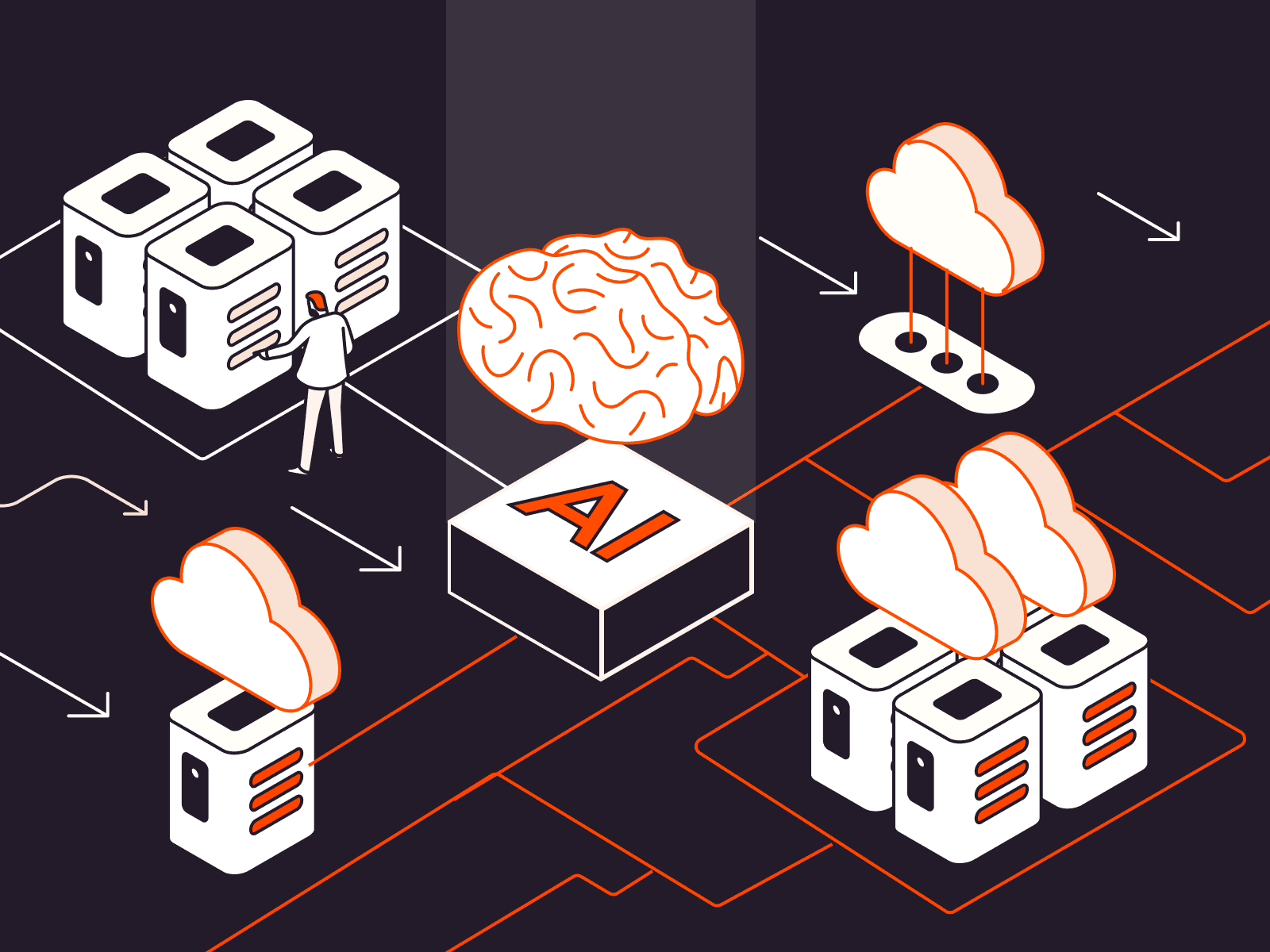Real-time AI processing in 2025: what to expect
- January 3, 2025
- 4 min read

When you open a weather app, you probably expect it to know at what precise moment it will start raining in your neighborhood. When you’re shopping online, you can see how many of a particular item exist “on the shelves” at any given moment. You’ve also likely had the experience of having a credit card transaction flagged because it didn’t adhere to your normal spending patterns. These capabilities are made possible by real-time AI processing, a technology that is expected to help the global AI market grow to $4 trillion by 2030.
While real-time data processing has existed for decades, AI has amplified its impact. AI-driven real-time processing impacts industries like healthcare, finance, and manufacturing by enabling instant decision-making and process optimization. This is essential for customer experiences and applications like autonomous systems, fraud detection, and smart home management.
The state of real-time AI processing in 2025
Demand for real-time applications in IoT, telecom, and autonomous vehicles drives innovation in data processing. Everyday applications like consumer banking, customer service, and supply chain optimization rely on similar capabilities. However, organizations face technical challenges such as managing large data volumes and providing reliable, low-latency infrastructure.
In 2024, 70% of projected data center demand was for facilities capable of hosting advanced AI workloads. This, and the following examples, show the necessity of low-latency infrastructure to support AI-driven real-time processing.
- The financial services industry increasingly relies on real-time fraud detection systems that can halt unauthorized transactions within milliseconds. Visa’s network, VisaNet, can process over 65,000 transaction messages per second globally, requiring near-instantaneous fraud detection capabilities.
- In retail, dynamic pricing systems adjust product prices based on supply and demand fluctuations in real time. Amazon’s dynamic pricing engine reportedly changes prices more than 2.5 million times a day, driving optimal profitability and customer engagement.
- Smart traffic systems prevent accidents through instant traffic data analysis. Singapore’s Land Transport Authority has implemented a smart traffic control system that uses AI to monitor and adjust traffic lights in real time. By analyzing traffic flow and congestion levels, the system optimizes signal timings to reduce wait times and improve overall traffic efficiency, leading to decreased congestion and accident rates.
- In healthcare, real-time data can save lives by enabling instant medical insights, like detecting high-risk pregnancies early. By providing instant insights, real-time AI empowers healthcare practitioners to make informed, prescriptive decisions that can save lives and improve patient outcomes.
The technological advancements powering real-time AI
GPU upgrades and edge computing are the two key areas for hardware improvements in 2025.
GPU upgrade
In 2025, new and upgraded high-performance GPUs will enable innovative use cases. These GPUs are built to handle streaming data with minimal delay, providing the rapid computations required to keep up with high-speed live data.
For example, NVIDIA is expected to introduce significant advancements in its GPU chips in 2025, particularly with the launch of the Blackwell architecture and its successor, Rubin. The Blackwell series, including the GB200, is anticipated to feature enhanced performance and efficiency, making it well-suited for real-time AI applications. Following Blackwell, NVIDIA plans to introduce the Rubin architecture. Scheduled for mass production in late 2025 and availability in early 2026, Rubin GPUs will utilize TSMC’s 3nm process and HBM4 memory, promising further improvements in performance and energy efficiency.
With the introduction of these new chips, we can expect increased availability of GPUs leading to a price drop in cloud-based service models. Older models, like the A100, will likely decrease in price substantially compared to just a couple of years ago, making AI more accessible to companies globally.
Edge computing
Real-time AI processing will continue to rely heavily on AI at the edge, enabling low-latency data processing on devices like sensors, smartphones, and industrial robots, as well as on localized cloud servers. New high-performance GPUs designed for AI workloads will support fast, local computations, making real-time analytics scalable and efficient. Businesses will benefit from edge computing by reducing cloud bandwidth costs and distributing workloads across multiple nodes rather than relying on central servers. This setup will prove invaluable for applications with fluctuating traffic, like e-commerce, live sports streaming, and emergency response systems.
3 real-time processing AI use cases for 2025
Let’s look at three use cases for real-time AI processing set to become popular in 2025 and beyond.
- Video analytics and features: Instant insights from live video feeds will transform security, enabling automated responses to potential threats. For example, AI-powered surveillance systems can detect unusual activities like unauthorized access in restricted areas. In the retail sector, Walmart employs AI to streamline its checkout process and reduce customer waiting times. Gcore’s AI ASR and AI Content Moderation features, available to all Gcore Video Streaming customers, are helping to democratize access to real-time AI video features, keeping communities safer and bringing content to wider audiences at the click of a button.
- Real-time cybersecurity measures: AI-driven cybersecurity tools will continuously analyze network traffic and system behavior for threats. Instant alerts and automated responses will minimize data breaches and mitigate system damage. Gcore WAAP uses AI to analyze traffic patterns, automatically detecting and mitigating threats before they can cause harm. These intelligent algorithms evolve with each attack, enhancing protection against zero-day threats. The AI-driven engine continually refines its responses, providing a proactive approach to cybersecurity and keeping you one step ahead of cyber attackers.
- Real-time customer experience personalization: AI-powered customer experience tools will deliver personalized interactions by analyzing user behavior, preferences, and contextual data in real time. For example, e-commerce platforms can offer dynamic product recommendations based on browsing history and current site activity. Gcore Inference at the Edge can enable real-time personalization for businesses by processing data close to users, thereby reducing latency and enhancing customer satisfaction. Retailers, streaming platforms, and gaming companies can tailor experiences on the fly, boosting engagement, retention, and revenue.
Experience real-time AI processing at the edge with Gcore
Real-time AI processing is revolutionizing industries by enabling instant decision-making, optimizing processes, and enhancing customer experiences. As data volumes grow, advancements in edge computing, high-performance GPUs, and AI-driven analytics will be critical for scaling real-time applications. Businesses are increasingly harnessing real-time AI capabilities to improve operational efficiency, strengthen security, and deliver personalized experiences with minimal latency.
Gcore Edge AI solutions reduce data transfer delays, improve user experience, strengthen data security, and enable cost-effective scaling. Businesses can optimize performance while keeping sensitive data within designated regions, helping ensure compliance and enhancing privacy. Discover how Gcore can help your business unlock the full potential of real-time AI at the edge.
Related articles
Subscribe to our newsletter
Get the latest industry trends, exclusive insights, and Gcore updates delivered straight to your inbox.

